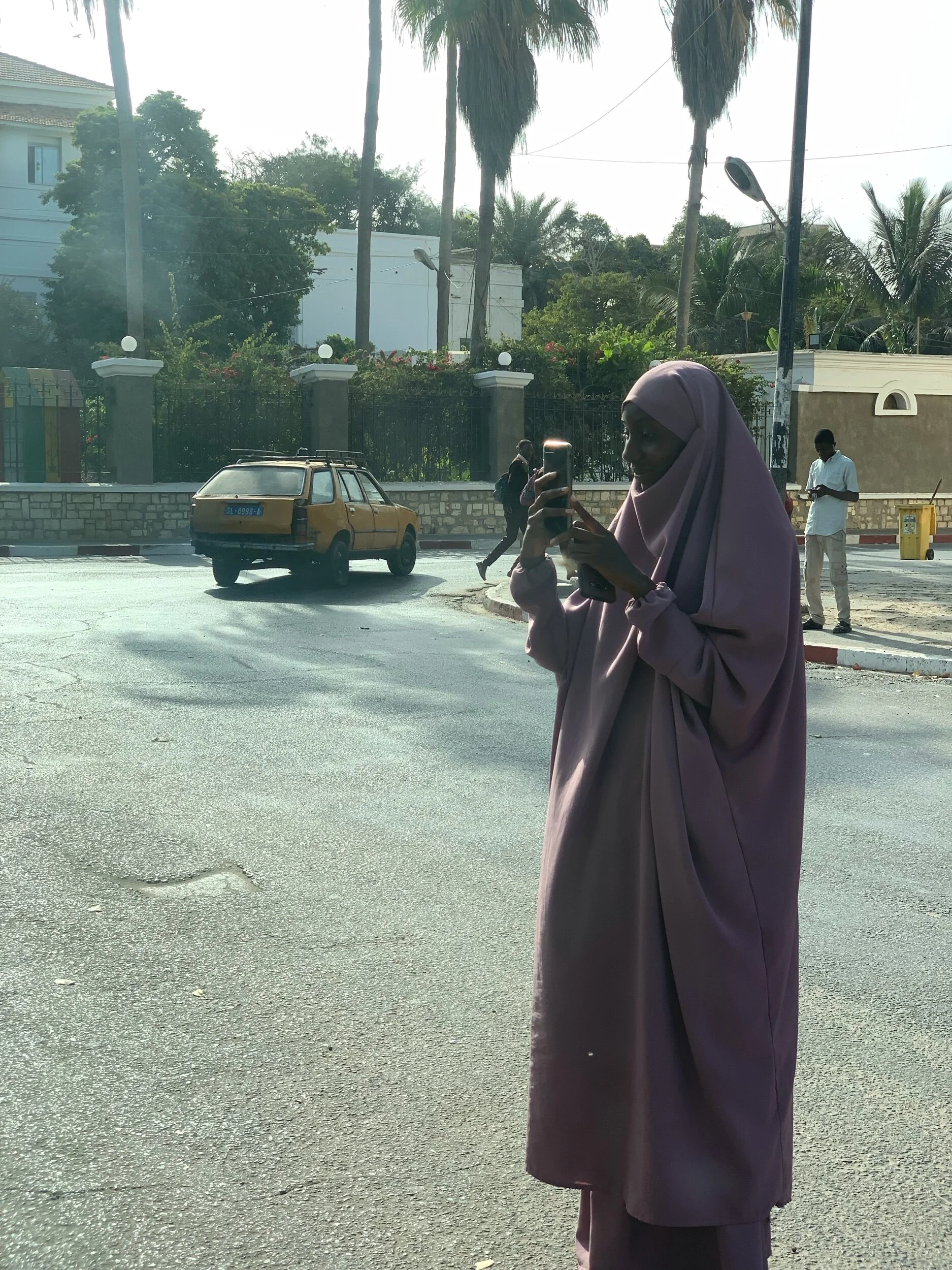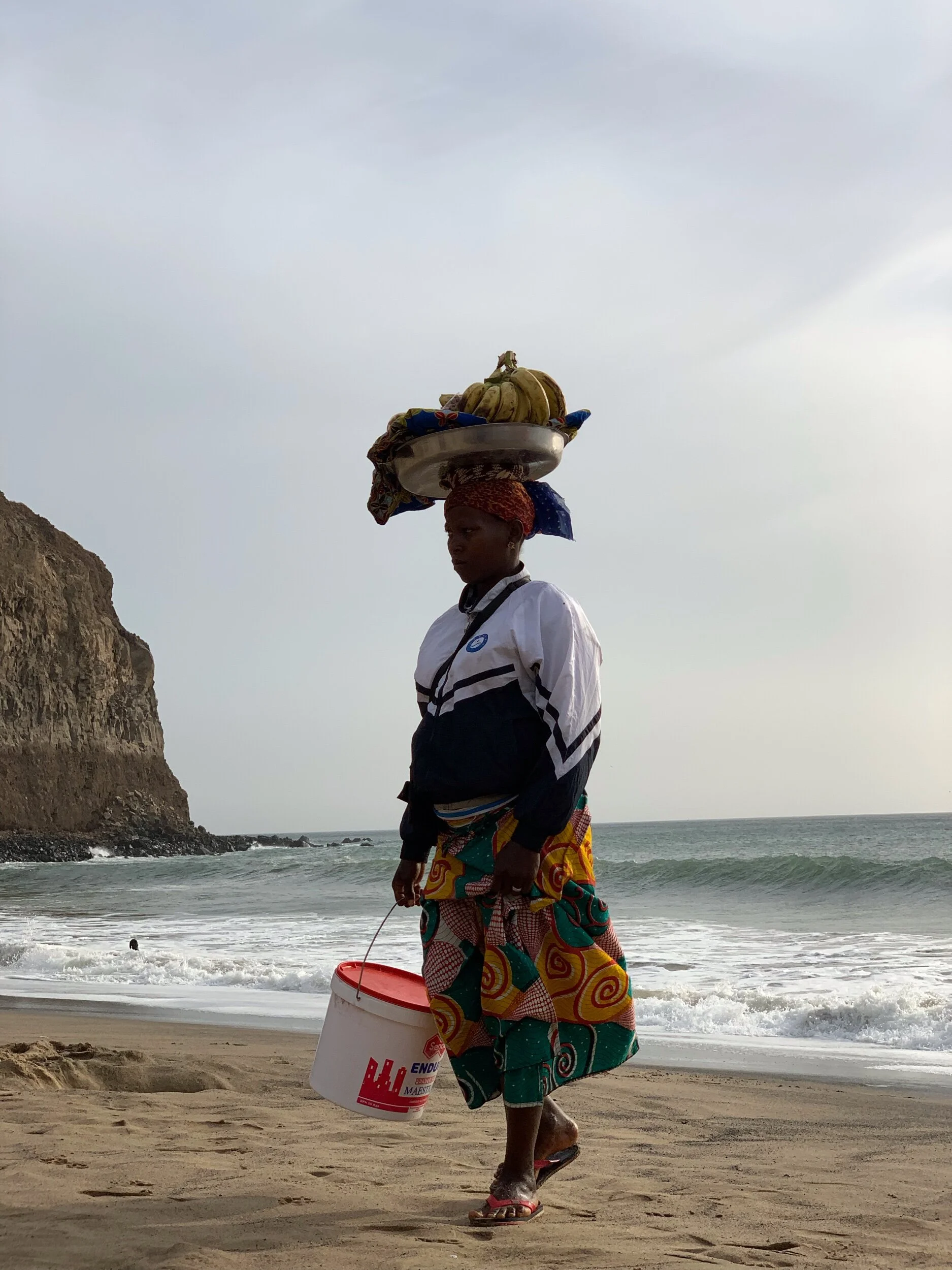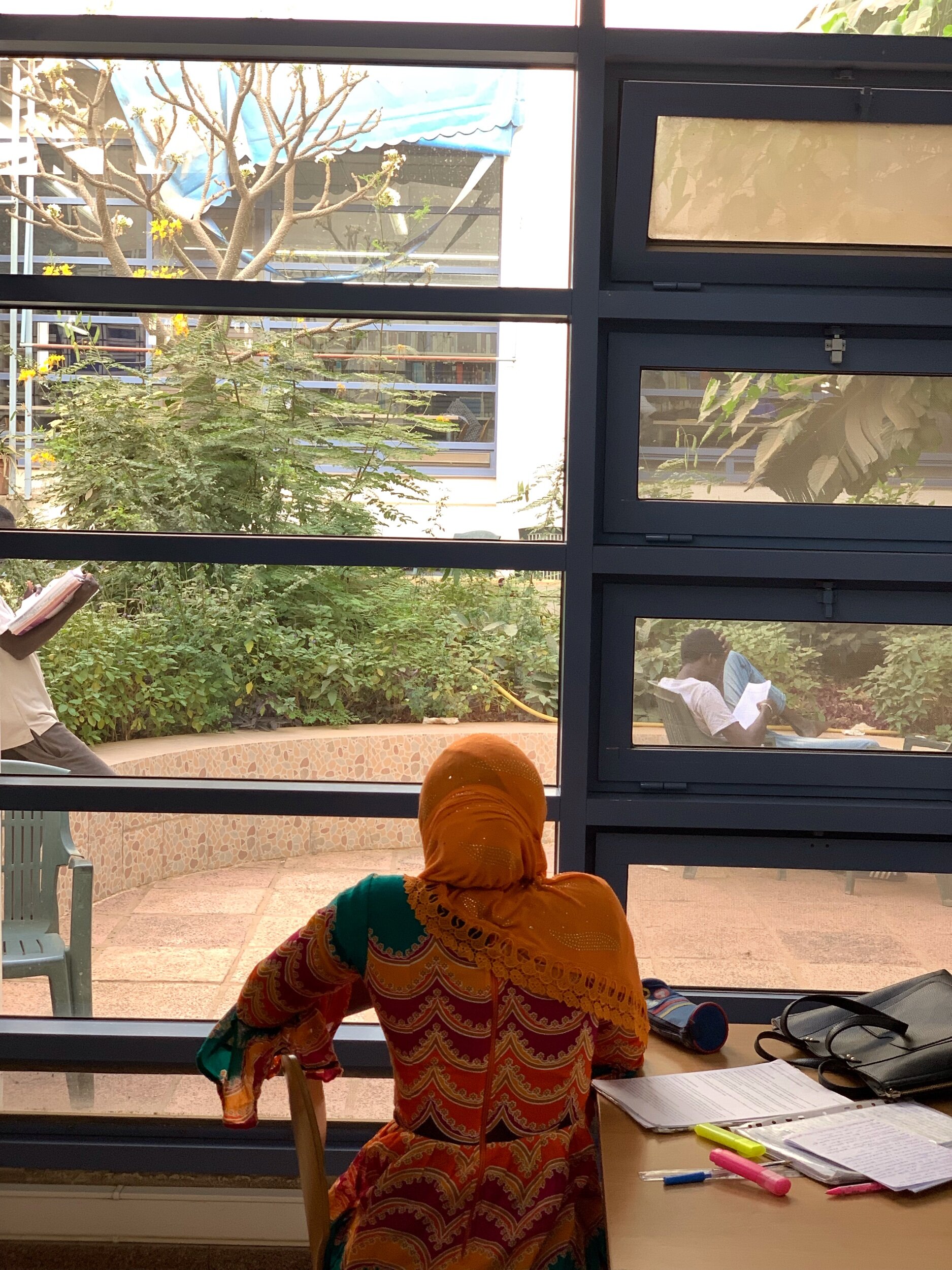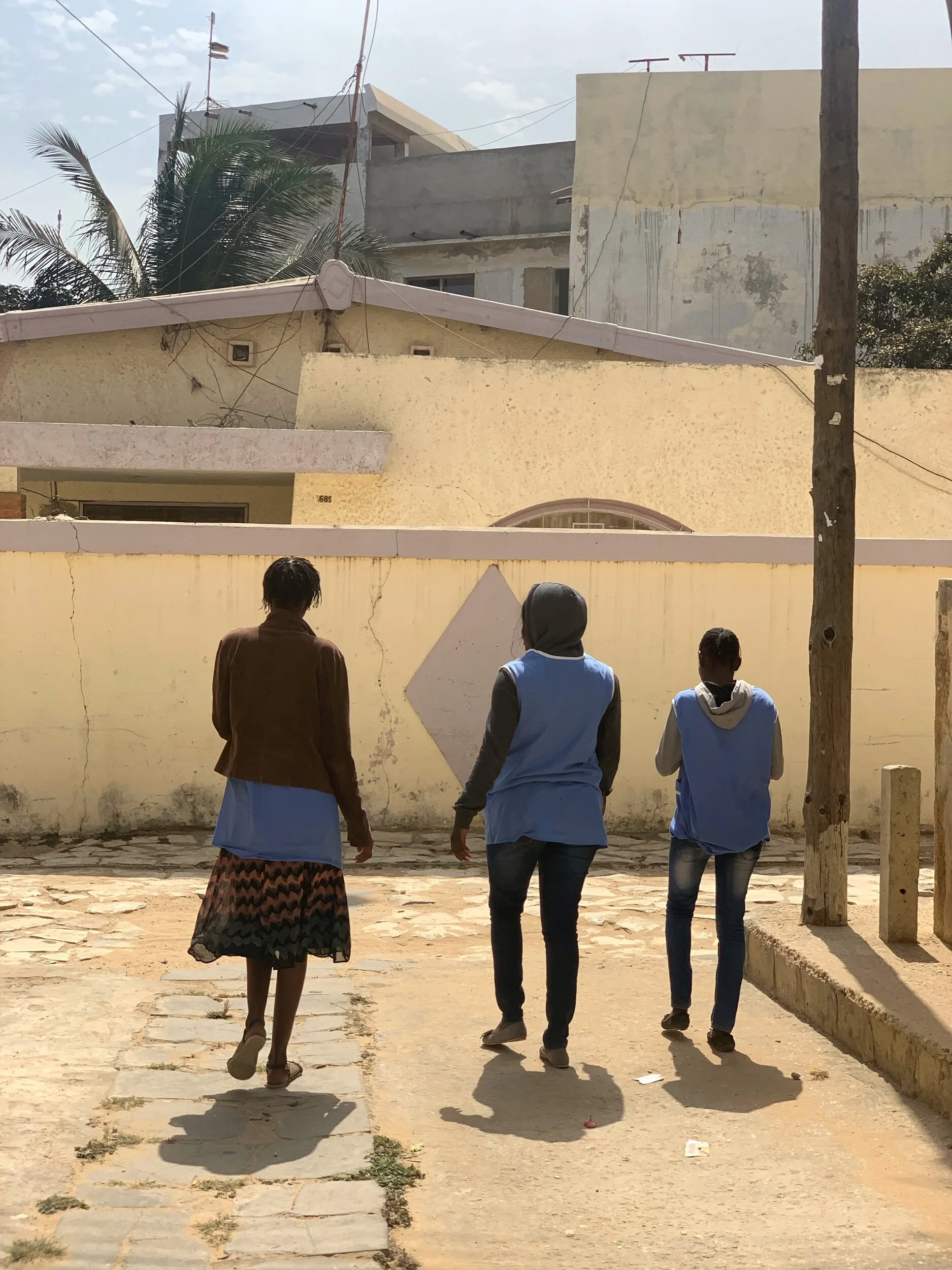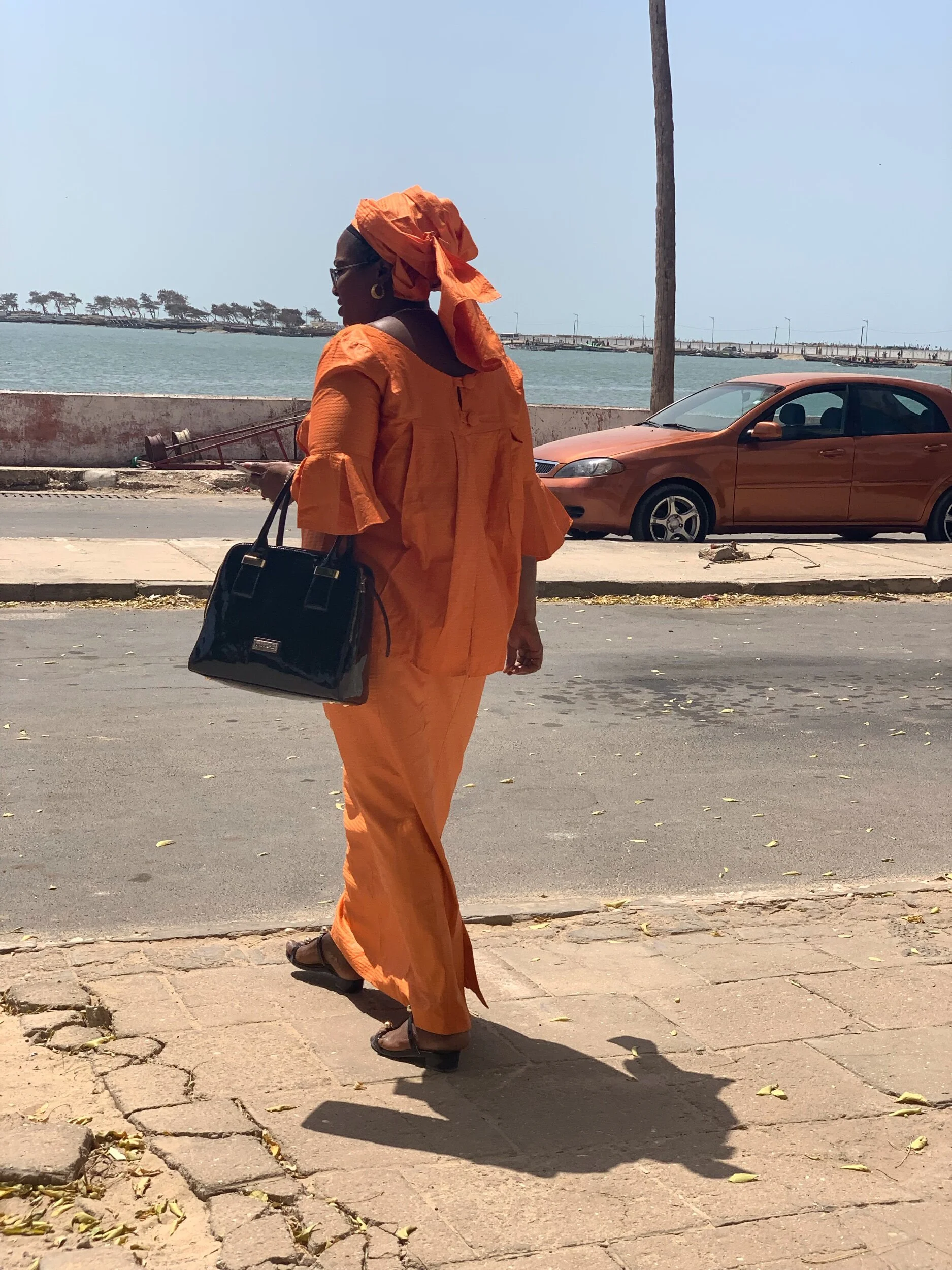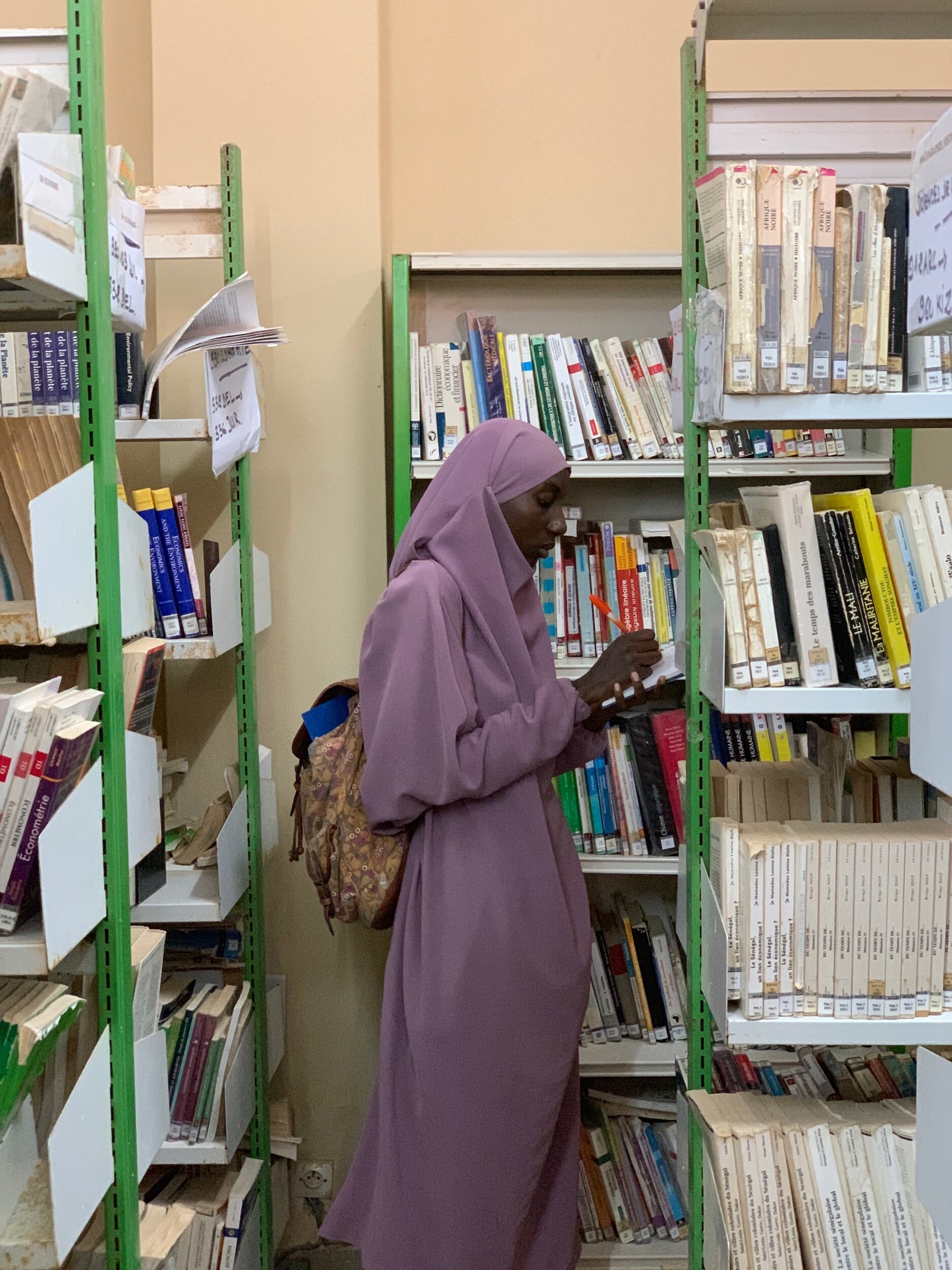In order to understand the manifestations of gender in the Senegalese context we can look to the markers of gender that are found in language, culture, and in society. Although the Senegalese context cannot be entirely understood by these simple markers, these markers can be understood as evidence for the manifestations of gender. In language, it can be understood that familial understanding allows for an erasure of gender when referring to specific family members. For instance, when referring to one’s paternal lineage or geño, one refers to their paternal aunt as bàjjen, which is the contracted form of ‘baay jigéen’. This term has the root baay, which means ‘father’ and ‘jigéen,’ the gender marker for woman. The literal translation for this term is ‘father woman.’ This erasure of gender allows women to take on the responsibilities and tasks assigned to a father. Therefore, a doom or a jarbaat must give the respect of that which is given to one’s father and his paternal lineage.
This extended respect given to women apart of a paternal lineage, allowed by language, highlights the flexibility of gender role in the Senegalese context. In addition, this flexibility is evident in the culture. The Wolof term jabar or wife also means ‘the one who knows the market.’ This literal definition underscores the expectations of a wife in the Senegalese context: she is expected to buy and cook the food. In my experience, my host mother is responsible for the finances in the household. As a result of her monopoly over the family’s finance, my host-father has to request money from my host mother. However, this relationship between husband and wife is dichotomous. My host mother is very loyal to her family and most of all, her husband. She holds him and his image in high regards. This is evident in the way she prepares his meals, responds to his calls, and caters to his needs. My host mother is very involved in the lives of her children. When I asked her if she ever gets bored during her retirement, she says ‘No’ because she has many duties to keep her busy. She cites: maintaining the household, taking care of her adult children, shopping, cooking, and cleaning. My host mother is just one example of the cultural evidence that points to the manifestation of gender in the Senegalese context. Because my host mother’s responsibilities spawns over these domains, by turn, she is in control over these domains. Essentially, this dichotomy of responsibility and control that Senegalese women lay claim to incapsulates the cultural component of the manifestations of gender.
In addition to these cultural markers, there are societal markers that are found in the symbols present throughout Senegal. Although symbols may not depict the reality of the manifestations of gender, they represent an idealized state for the Senegalese context. One of these symbols include the African Renaissance Monument, located in the Ouakam region of Dakar. This monument, standing at 52 meters high, depicts a shirtless man with large muscles leaping from the hills. This man is carrying a child on his left arm while a woman who is swept off her feet is hanging on his right arm. Former President of Senegal, Abdoulaye Wade, described his idea for the statue saying “The man, the woman and their child will face the sun, symbolizing the opening of the continent to the rest of the world. It is a force of propulsion and attraction in the greatness, the stability and the durability of Africa." Wade’s interpretation of the statue casts a shadow on the plight of the women in the Senegalese context. This statue is a reminder to the Senegalese woman that she will always be framed within the imagined ideas of her positionality: the larger context of Africa. This means that not only is she a Senegalese woman, but also that she is an African woman. Therefore, she is beholden to these imagined ideas of who she is expected to be. Critiques of the statue find that the reality of Senegalese society should have the woman holding the man because of her critical role in Senegalese culture (). Regardless of the debate surrounding the monument, it stands as a cultural symbol that displays a gendered manifestation of the Senegalese woman: she is by the side of her male counterpart, looking up to him, following him into the direction that he has set.
When thinking of the treatment of women in Senegal and in Africa it important to conceptualize the gender roles and the way they create the space for either the marginalization or integration of women in society. In Oyeronke Oyewumi’s The Invention of Women: Making an African Sense of Western Gender Discourses, the question of Yoruba Women and their positionality in Nigeria adds a layer of complexity to how gender is created, interpreted and critiqued. In Bibi Bakare-Yusuf’s reading of Oyewumi’s work, she cautions readers to be mindful of the risk that comes with “projecting into the society that which is not there at either a discursive or praxial level.” In order to think about the treatment of women in Senegal and in Africa, we must refrain from importing concepts from one society to another. The way one must conceptualize the treatment of women in Senegal and in Africa is to not conceptualize or not theorize. These types of practices limit the activities and complexities of women who exist in these spaces. One must think about the treatment of women without projections of one’s lived experiences. Ultimately, one must limit themselves from labeling observations with reductive gender inequality or inclusivity.
As a Haitian-American man, I acknowledge there are limits to my understanding of the questions due to the boundaries of my identity. There are many facets to my identity that affect my positionality when thinking about the answers to questions related to manifestations of gender. As a man, there are moments in my life that I will never experience that women go through such as dealing with menstrual pains and pregnancy. I must constantly reflect on the plurality of the experiences that women have and give credence to the lack of my ability to witness the full nuance in the manifestations of gender.
This question regarding the manifestations of gender requires me to contextualize African women and Senegalese women. Given my positionality, these are lived experiences that I have limited access to. Therefore, when extending my deepest sympathies, I “can only imagine” the harsh realities of what these African women face on a daily basis. Due to the limits of imagination, my positionality requires me to the listen and learn from these women. There are questions that cannot be answered unless I speak to these women and try to understand the complexities of their identity. Due to the intersectionality of trying to understand women who are Senegalese and African it is important is to note that I am an American of Haitian descent. As an American, there is an inherent difference to the ways of knowing and understanding people of different nationalities because of the cultural differences that exist. However, these differences do not limit the opportunities that exist to understand one another. Within these differences exist commonalities that bind us together that center around common themes.

